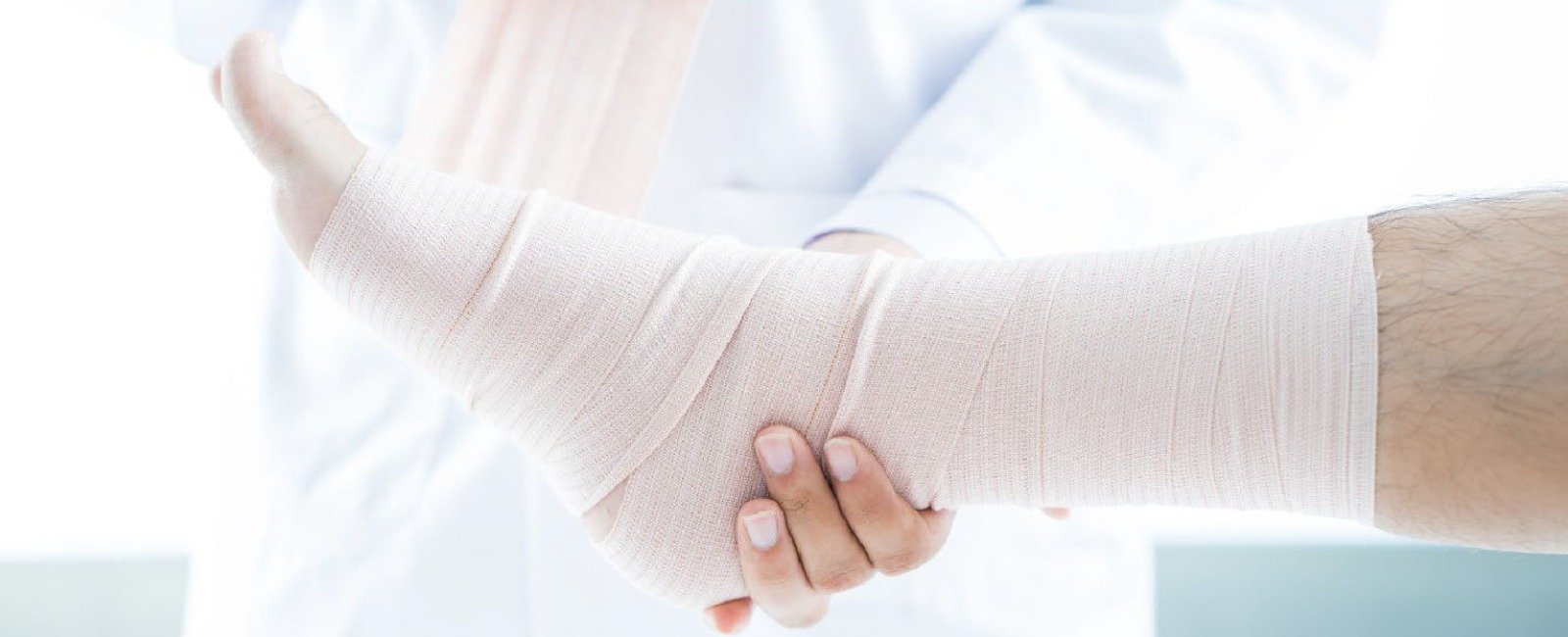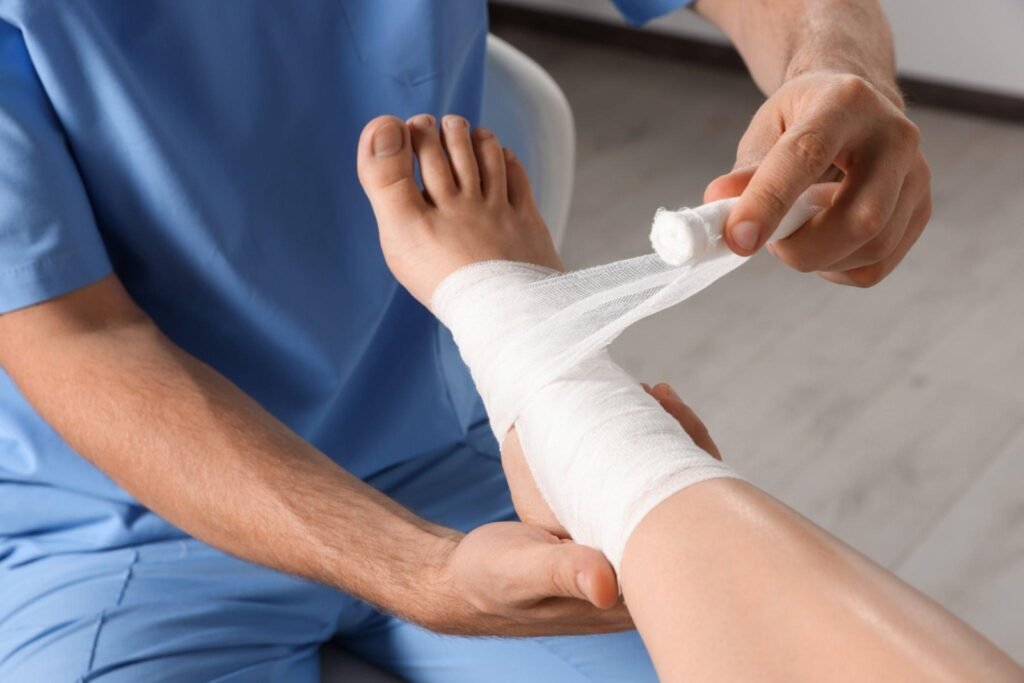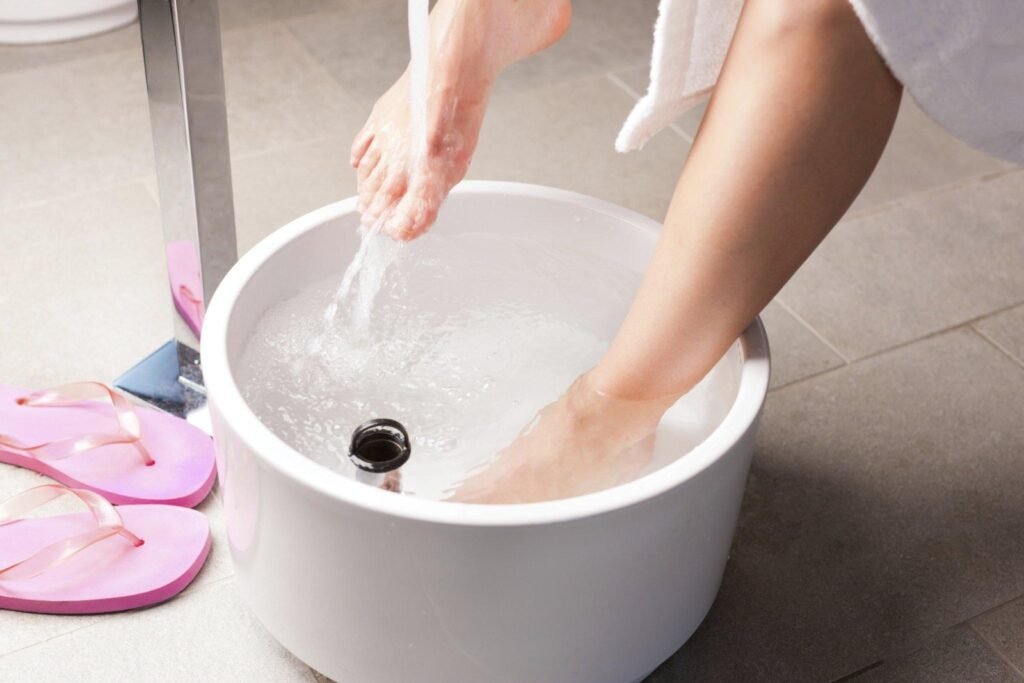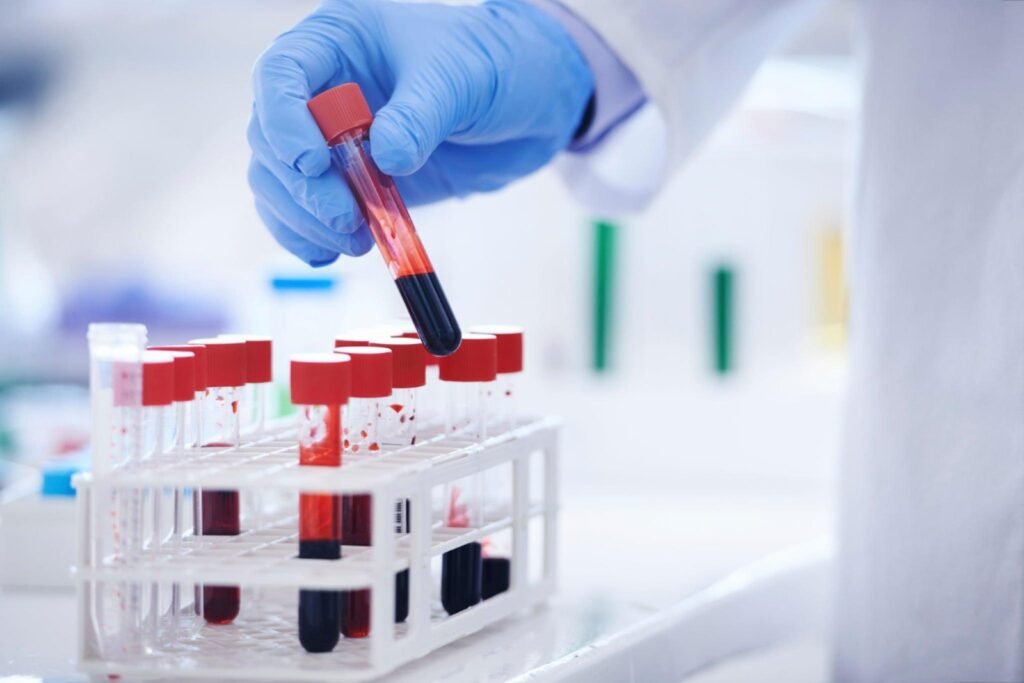WOUND CARE

A Specialized Approach to
Advanced Wound Care Solutions
A Specialized Approach to
Advanced Wound Care Solutions
WOUND CARE Q&A

WHAT IS WOUND CARE?
Wound care is a specialized area of healthcare focused on the management and treatment of injuries, cuts, and other types of wounds to promote fast healing and prevent complications. The primary objectives of wound care are to minimize the likelihood of infection, reduce pain, and facilitate the body's natural healing processes.
The process of wound care typically involves several key steps:
- Assessment: Our healthcare professionals assess the type, size, and severity of the wound, as well as any underlying health conditions that may affect the wound healing process.
- Cleaning and Debridement: Cleaning the wound to remove debris, foreign particles, and dead tissue is important for preventing infection. Debridement, if necessary, involves removing necrotic or non-viable tissue for fast wound healing.
- Dressing and Bandaging: Applying appropriate dressings and bandages will help in protecting the wound, control bleeding, and create an optimal environment for wound healing. The choice of dressing depends on the type of wound and its characteristics.
- Infection Prevention: Antibiotics or antiseptic agents may be used to prevent or treat infections, particularly in wounds with a higher risk of bacterial contamination.
- Monitoring and Follow-up: Regular monitoring of the wound's progress is essential. Healthcare providers may adjust the treatment plan based on the wound's response to care.
- Patient Education: Educating the patient on proper wound care at home, including hygiene practices and recognizing signs of infection, is crucial for successful healing.
Wound care involves collaboration among healthcare professionals such as physicians, foot surgeons, nurses, and specialized wound care specialists. The approach to wound care may vary based on the wound type, its location, and the overall health of the person.
WHAT ARE THE COMMON CAUSES OF FOOT WOUNDS?
Foot wounds can arise from a variety of causes, and understanding these factors is crucial for effective prevention and management.
Some of the common causes of foot wounds include:
- Trauma: This is the most common cause of foot wounds. It can be caused by anything that injures the foot, such as a fall, stepping on a sharp object, or wearing ill-fitting shoes.
- Diabetes: Diabetes can harm the nerves and blood arteries in the feet, which makes it a major contributor to foot wounds. This may result in delayed healing, poor circulation, and numbness.
- Poor circulation: Poor circulation can also lead to foot wounds because it can reduce the amount of oxygen and nutrients that are delivered to the feet. This can make it difficult for wound healing.
- Arthritis: Because arthritis can make it difficult to move the feet properly, it can also raise the risk of foot wounds. Friction and pressure from this may cause skin injury.
- Ageing: The natural ageing process can lead to changes in skin integrity and overall foot health, making older individuals more susceptible to wounds.
- Infections: Bacterial infections, fungal infections, or skin conditions can also contribute to the formation of foot wounds, especially in individuals with low immune systems.
Understanding these common causes allows for proactive measures to prevent foot wounds, especially in individuals with known risk factors. Regular foot examinations, proper hygiene, and lifestyle adjustments can play important roles in reducing the risk of foot wounds.


HOW CAN I REDUCE THE RISK OF FOOT WOUNDS?
Reducing the risk of foot wounds involves adopting proactive measures and maintaining good foot care practices.
Here are some key factors to help minimize the risk of foot wounds:
- Inspect your feet daily: Look for any cuts, sores, bruises, or other changes in the skin or nails. Give particular attention to the areas between your toes and the bottoms of your feet.
- Wear well-fitting shoes: Shoes should be comfortable, supportive, and fit well. Avoid shoes that are too tight, too loose, uncomfortable or have high heels. Make sure your shoes have good cushioning and support for the arches of your feet.
- Keep your feet clean and dry: Wash your feet daily with soap and water, and dry them thoroughly between the toes. Avoid using harsh soaps or detergents. Moisturize your feet regularly to keep them hydrated and prevent cracking.
- Trim your toenails straight across: Do not cut them too short, and do not file the corners. This can help prevent ingrown toenails.
- Control your blood sugar levels: If you have diabetes, it is important to control your blood sugar levels to prevent nerve and blood vessel damage that can increase your risk of foot wounds.
- Maintain a Healthy Diet: A well-balanced diet supports overall health, including the health of your feet. Adequate nutrients contribute to skin integrity and wound healing.
- Stay Hydrated: Proper hydration is essential for skin health. Drink enough water to maintain overall hydration, which helps prevent dry and cracked skin.
By incorporating these practices provided by our wound care specialists into your daily routine, you can significantly reduce the risk of foot wounds and promote overall foot health. Regular communication with healthcare providers is crucial, especially for individuals with underlying health conditions that may affect foot health.
WHICH WOUND CARE SOLUTIONS ARE RIGHT FOR ME?
Here are some common wound care solutions that may be considered:
- Dressings: Dressings are used to cover and protect the wound, absorb exudate (fluid from the wound), and promote healing. There are many different types of dressings available, including hydrocolloid dressings, alginate dressings, and silver-impregnated dressings.
- Ointments and creams: Ointments and creams are used to keep the wound moist and protect it from infection.
- Debridement: Debridement is the removal of dead tissue from the wound. This can be done surgically, with enzymes, or with autolytic debridement (using the body's natural healing processes).
- Surgery: Surgery may be necessary for some wounds, such as those that are deep or infected. Surgery may involve removing dead tissue, closing the wound, or repairing damaged bone or muscle.
- Surgical Interventions: In more severe cases, surgical procedures may be necessary to address underlying issues, remove damaged tissue, or reconstruct affected areas.


WHICH WOUND CARE TREATMENTS ARE AVAILABLE?
In Nebraska, our esteemed team of foot and ankle specialists offers a wide range of advanced wound care treatments tailored to address diverse foot conditions.
Some of the specialized wound treatments available include:
- Advanced Dressings: Our wound care specialists employ a variety of advanced dressings, such as hydrogels, hydrocolloids, and foam dressings, to create an optimal environment for wound healing. These dressings promote moisture balance, protect against infection, and facilitate tissue regeneration.
- Negative Pressure Wound Therapy (NPWT): Utilizing cutting-edge technology, our foot and ankle specialists may recommend NPWT, a therapeutic approach that involves the application of a vacuum dressing to enhance wound healing. NPWT helps reduce swelling, remove excess fluid, and stimulate the formation of granulation tissue.
- Bioengineered Skin Substitutes: In cases where traditional wound healing methods may be insufficient, our specialists may leverage bioengineered skin substitutes. These advanced products are designed to promote tissue regeneration and accelerate the closure of complex wounds.
- Compression Therapy: Tailored for wounds associated with venous insufficiency or venous ulcers, our specialists may prescribe compression therapy. This technique aids in improving blood circulation and reducing swelling, essential elements for effective wound management.
- Wound Debridement: Our wound care specialists are proficient in various debridement techniques, including surgical debridement and enzymatic debridement, to remove necrotic or damaged tissue and create a conducive environment for healing.
- Offloading Devices: Particularly relevant for foot wounds, our specialists may prescribe offloading devices such as specialized shoes or custom orthotic inserts. These devices help reduce pressure on vulnerable areas, facilitating healing in individuals with conditions like diabetes.
- Patient Education and Follow-up: Our approach extends beyond treatment to empower patients with the knowledge and skills needed for ongoing self-care. Regular follow-up appointments ensure that treatment plans are adjusted as needed for optimal outcomes.
With a commitment to excellence and a patient-centric focus, our foot and ankle specialists in Nebraska utilize these advanced wound treatments to provide individualized care, promoting not only healing but also sustained foot health.



